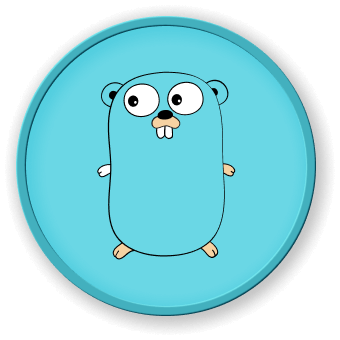Fundamentals of Loops in Go
Go, also known as Golang, is a statically typed, compiled programming language that has gained popularity for its simplicity, efficiency, and concurrency features. One of the fundamental control structures in Go is the loop, which allows you to repeatedly execute a block of code until a certain condition is met.
In Go, there are three main types of loops: for, for-range, and for-select. The for loop is the most commonly used loop in Go, and it can be used to iterate over a range of values, or to execute a block of code until a specific condition is met.
Here's an example of a simple for loop in Go that prints the numbers from 1 to 5:
package main
import "fmt"
func main() {
for i := 1; i <= 5; i++ {
fmt.Println(i)
}
}
In this example, the loop initializes the variable i to 1, and then checks the condition i <= 5 on each iteration. If the condition is true, the code block inside the loop is executed, and the value of i is incremented by 1 using the i++ expression. The loop continues until the condition is no longer true (i.e., when i is greater than 5).
The for-range loop is used to iterate over the elements of an array, slice, map, or string. Here's an example of a for-range loop that prints the elements of a slice:
package main
import "fmt"
func main() {
fruits := []string{"apple", "banana", "cherry"}
for i, fruit := range fruits {
fmt.Printf("Index: %d, Fruit: %s\n", i, fruit)
}
}
In this example, the for-range loop iterates over the fruits slice, and on each iteration, it assigns the index of the current element to the variable i, and the value of the current element to the variable fruit. The loop then prints the index and the value of the current element.
The for-select loop is used to wait for multiple channels to receive a value, and it is often used in concurrent programming with Go's goroutines and channels. Here's an example of a for-select loop that waits for values from two channels:
package main
import "fmt"
func main() {
ch1 := make(chan int)
ch2 := make(chan int)
go func() {
ch1 <- 42
}()
go func() {
ch2 <- 24
}()
for {
select {
case value := <-ch1:
fmt.Println("Received from ch1:", value)
case value := <-ch2:
fmt.Println("Received from ch2:", value)
}
}
}
In this example, the for-select loop waits for values to be received on either ch1 or ch2. When a value is received on one of the channels, the corresponding case block is executed, and the value is printed.
Overall, loops in Go are a powerful tool for iterating over data and executing code repeatedly. By understanding the different types of loops and their use cases, you can write more efficient and effective Go code.




